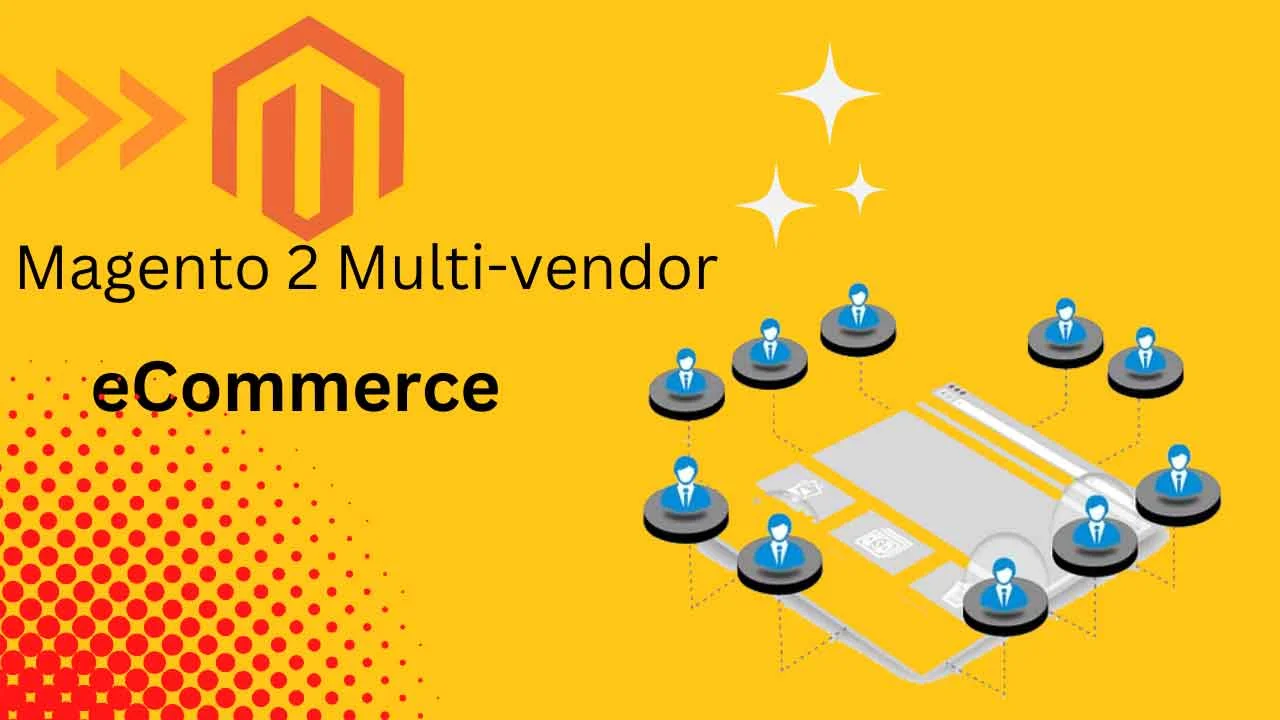A multi-vendor store is a type of eCommerce platform that allows multiple sellers to sell their products from a single website. This type of store can be beneficial for both the sellers and the buyers. For the sellers, it provides a larger marketplace to sell their products, and for the buyers, it provides a one-stop shop to find what they are looking for.
Magento is a popular ecommerce platform that can be used to create a multi vendor store. Magento is known for its flexibility and scalability, making it a good option for businesses of all sizes.
There are many benefits of using a multi vendor store. For sellers, it can help them reach a larger audience and increase their sales. For buyers, it can provide a convenient way to find what they are looking for in one place.
Creating a Magento 2 multi vendor site is not as difficult as it may seem. With the right hosting provider and some basic knowledge of Magento, you can have your own multi vendor store up and running in no time.
When choosing a hosting provider for your Magento 2 multi vendor site, it is important to consider your needs and budget. There are many different hosting providers out there, so be sure to do your research before making a final decision.
Table of Contents
ToggleWhat is Multi vendor Store?
A multi vendor store is a platform where multiple vendors can sell their products. It can be either physical or digital products. The store owner manages the website, while the vendors manage their own products and orders. Customers can purchase products from any number of vendors in one transaction.
Multi vendor stores are becoming increasingly popular because they offer a number of advantages over traditional ecommerce platforms. For one, they provide a more diverse selection of products. They also allow customers to support multiple businesses with a single purchase, which is great for customers who want to shop small.
Another advantage of multi vendor stores is that they can be less expensive to set up and maintain than traditional ecommerce platforms. This is because the store owner only needs to manage the website, while the vendors manage their own products and orders. This can save the store owner a significant amount of time and money.
If you’re thinking about setting up a multi vendor store, there are a few things you should keep in mind. First, you’ll need to choose a platform that supports multiple vendors. Second, you’ll need to find vendors who are willing to sell their products on your platform. And third, you’ll need to make sure your website is able to handle the increased traffic and transactions that come with a multi vendor store.
With a little bit of planning and effort, setting up a multi vendor store can be a great way to expand your ecommerce business.
What is Magento?
Magento is an eCommerce platform that enables businesses to create online stores. It offers a flexible architecture and extensive functionality, making it the perfect choice for businesses of all sizes. Magento is available in two editions: Community Edition (CE) and Enterprise Edition (EE).
What is the benefit of Multi vendor Store?
Multi vendor stores are beneficial because they offer a marketplace for multiple vendors to sell their products. This type of store is perfect for those who want to sell products that are not available in their local area. Multi vendor stores also offer a way for vendors to reach a larger audience and sell more products.
How to make Magento 2 multi vendor site
There are a few things you need to do in order to make Magento 2 multi vendor site.
1. Firstly, you need to install the Magento 2 software on your server.
2. Secondly, you need to purchase and install the Multi Vendor extension from a reputable company.
3. Once you have installed the software and extension, you need to set up your store by adding products, categories, and setting up shipping and payment methods.
4. After your store is set up, you need to invite vendors to sell their products on your site.
5. Once vendors are selling their products on your site, you can start promoting your store and attracting customers.
Magento 2 Multivendor Front end Design
Creating a multi-vendor store on Magento 2 requires a comprehensive frontend design that is both visually appealing and easy to use. This design should emphasize the store’s multi-vendor capabilities and should provide customers with an intuitive way to browse and purchase items from multiple vendors. Additionally, the design should be optimized for mobile devices, as more and more customers are using their phones and tablets to shop.
Magento 2 Multivendor Backend Development
How to choose cloud hosting for magento 2 multi vendor site
When it comes to hosting a Magento 2 multi vendor site, there are a few things to keep in mind. First and foremost, you’ll want to make sure that your host can handle the traffic that your site is likely to generate. A good way to gauge this is to look at the host’s uptime statistics – the higher the better.
You’ll also want to make sure that your host offers excellent customer support. This is especially important if you’re not particularly tech-savvy, as you’ll likely need help at some point along the way. Look for hosts that offer 24/7 support via phone and live chat.
Finally, you’ll want to consider the cost of hosting. Magento 2 multi vendor sites can be resource-intensive, so you’ll want to find a host that offers competitive pricing without sacrificing quality or performance.
Conclusion
In conclusion, a multi vendor Magento 2 site can be a great way to increase sales and profits. By allowing multiple vendors to sell their products on your site, you can reach a larger audience and offer a wider variety of products. Additionally, by using Magento 2, you can take advantage of its powerful eCommerce features to streamline your site and make it more user-friendly. Finally, by choosing cloud hosting for your Magento 2 site, you can ensure that your site is always up and running smoothly.





